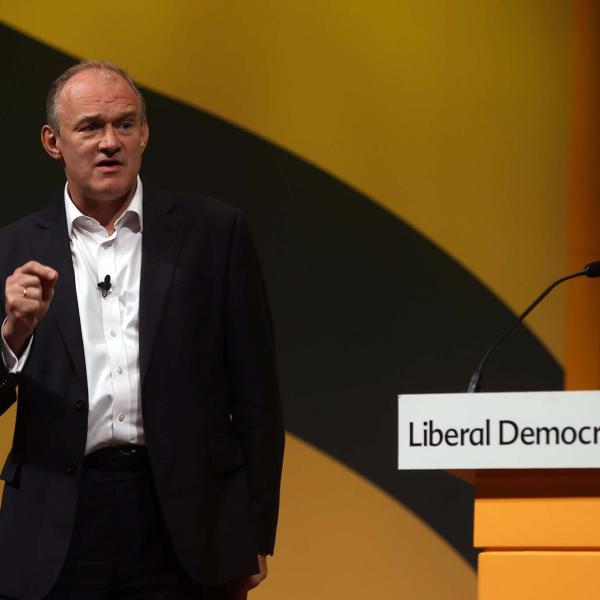Abstract
The role of hypertension management among octogenarians is controversial. In this long-term follow-up (>10 years) study, we estimated trends in hypertension prevalence, awareness, treatment, and control among octogenarians, and evaluated the relationship of systolic blood pressure (SBP) ranges with mortality. Data were based on the English Longitudinal Study of Ageing (ELSA). Outcome measures were hypertension prevalence, awareness, treatment and control, and cardiovascular disease, and all-cause mortality events. Participants were separated into 8 categories of SBP values (<110, 110-119, 120-129, 130-139, 140-149, 150-159, 160-169, and >169 mm Hg). Among 2692 octogenarians, mean SBP levels declined from 147 mm Hg in 1998/2000 to 134 mm Hg in 2012/2013. The decline was of lower magnitude in the 50 to 79 years old subgroup (n=22007). Hypertension prevalence and awareness were 40% and 13%, respectively, higher among octogenarians than the 50 to 79 years of age subgroup, but hypertension treatment rates were similar (≈90%). Around 47% of the treated octogenarians achieved conventional BP targets (<140/90 mm Hg), increasing to 59% when assessed against revised targets (<150/90 mm Hg). All-cause mortality rates were higher (hazard ratio, 1.55; 95% confidence interval, 0.89-2.72) at lower extremes of SBP values (<110 mm Hg). The lowest cardiovascular disease and all-cause mortality risk among treated octogenarians was observed for an SBP range of 140 to 149 mm Hg (1.04, 0.60-1.78) and 160 to 169 mm Hg (0.78, 0.51-1.21). An increasing trend in hypertension awareness and treatment was observed in a large sample of community-dwelling octogenarians. The results do not support the view that more stringent BP targets may be associated with lower mortality.









